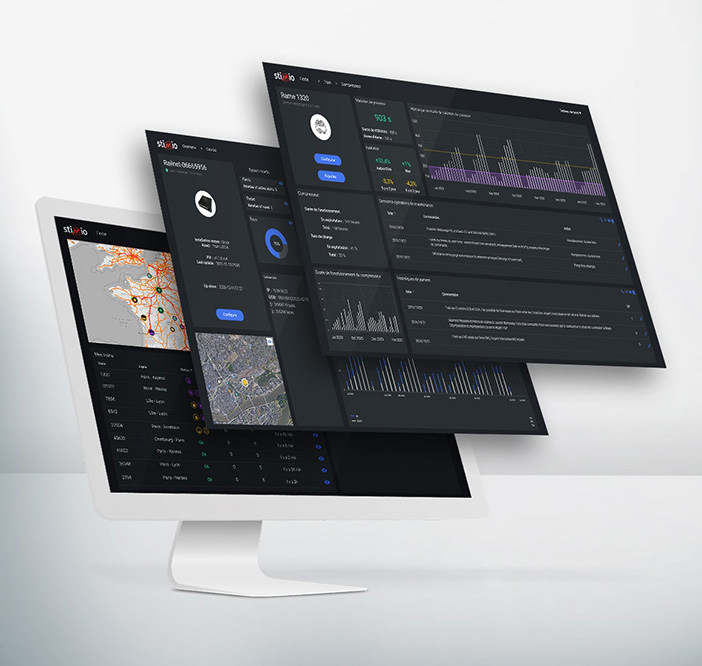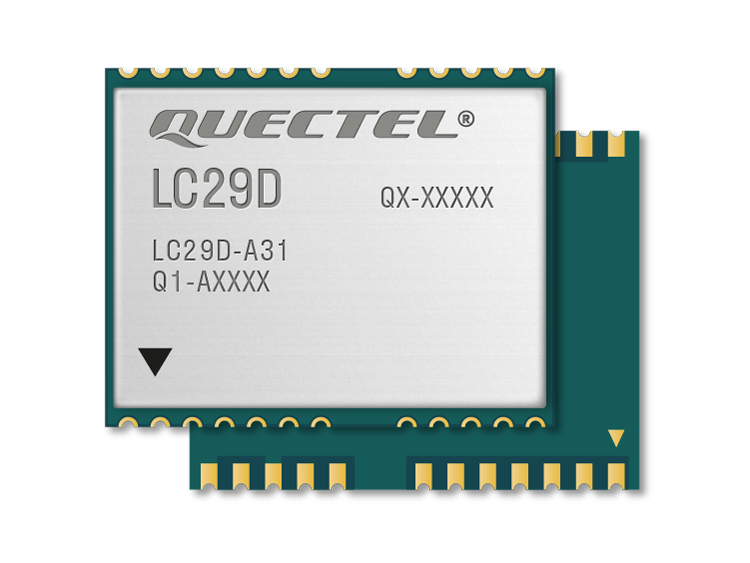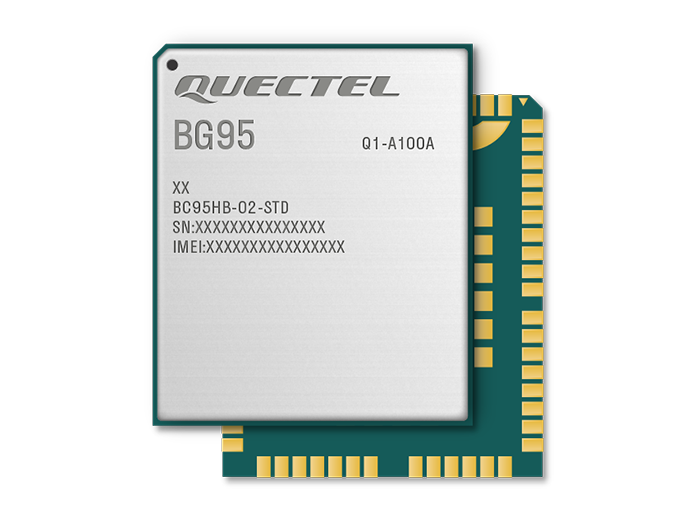Stimio keeps IoT monitoring on track for high-value rail and utility assets with Quectel GNSS and cellular modules
Stimio, the developer of a complete, wireless-based, end-to-end Industrial IoT solution for demanding markets such as railway and utilities, has selected the LC29D GNSS module and the BG95-M5 cellular modules and antennas from Quectel Wireless Solutions. Stimio, which is headquartered in Nantes, France, accelerates the digitalization of assets thanks to its open Oxygen Application Studio. By utilizing the studio, assets become data points and applications and services are used to enable predictive, prescriptive maintenance and optimized business operations.
Quectel solutions will be used in Stimio’s IoT sensors and gateways for the remote monitoring of high-value assets such as railway infrastructure and rolling stock, and utility equipment. Deployed in Europe and North America, the modules will enable collection of real-time data on operating conditions, to extend the lifetime of systems thus reducing lifecycle costs. Connectivity increases visibility into potential future failures and enables predictive maintenance, minimizing costs and improving service availability for rail and utility providers. The modules were selected because they offer easy implementation with wireless, autonomous, cable-free and non-intrusive IoT devices.
“We use these modules because they can be easily integrated into our products from both software and hardware perspectives,” said David Dorval, the CEO and founder of, Stimio. “Compact, multi-constellation and dual-band capabilities for higher precision will enable new applications for our customers.”
The Quectel LC29D is an ultra-compact GNSS module measuring 12.2mm × 16.0mm × 2.4mm which features a concurrent multi-constellation GNSS receiver on dual GNSS bands, an integrated 6-axis sensor, fusion with real-time kinetic (RTK) positioning and dead-reckoning. The module can achieve sub-meter-level accuracy in open-sky areas. The LC29D can work on L1 and L5 bands for GPS, Galileo and QZSS, L1 band for GLONASS and BeiDou, and L5 band for IRNSS. This greatly increases the number of satellites which can be involved in tracking and positioning, thereby significantly reducing the multipath effect from tall buildings in urban environments, reducing signal acquisition time and improving positioning accuracy.
The Quectel BG95-M5 is a multi-mode LPWA module which supports LTE Cat M1/Cat NB2/EGPRS and integrated GNSS and which meets the 3GPP Release 14 specification. The BG95-M5 achieves maximum downlink rates of 588Kbps and uplink rates of 1119Kbps under LTE Cat M1. The module’s integrated RAM and flash memory enables ultra-low power consumption with up to 70% reduction in power saving mode (PSM) leakage and 85% reduction in extended discontinuous reception (eDRX) current consumption compared to its predecessor.

“Stimio has a long history of quality and we carefully select the components we use in our design,” added Dorval. “We believe that LC29D and BG95-M5 will add a lot of value to our designs both in terms of power consumption, size and modularity. Obviously, module reliability adds an extra value for our customers.”
Stimio was also attracted by the performance of the Quectel modules plus the availability of antennas from Quectel’s extensive portfolio. “We chose Quectel because the modules offer very low energy consumption and the company is a first-class, highly recognized hardware supplier known for module reliability with strong technical support and worldwide references. Quectel has an impressive agility to propose new solutions with cutting edge products that can deliver more bandwidth and consume lower power.”
Bringing together GNSS and cellular capabilities is essential for the comprehensive monitoring of high-value assets and Quectel has a wide choice of modules for each form of connection. “We’re delighted that Stimio has selected our GNSS and cellular modules and antennas for deployment in its IoT sensors and gateways,” said Philippe Lanney | Regional Sales Manager (France), Quectel Wireless Solutions. “Rail and utility deployments are complex, spread over large areas, have long lifecycles and are highly dynamic so it’s great to have the opportunity to demonstrate the strength of our modules in terms of their power consumption, size and ease of deployment. We look forward to continuing to collaborate with Stimio as its products add value to customers and help them build a smarter world.”

